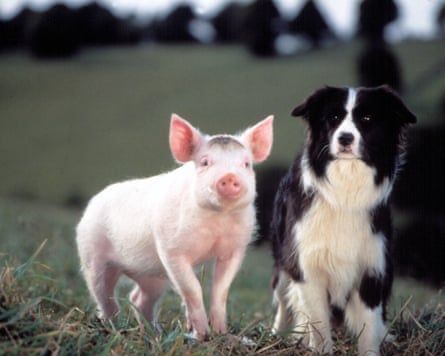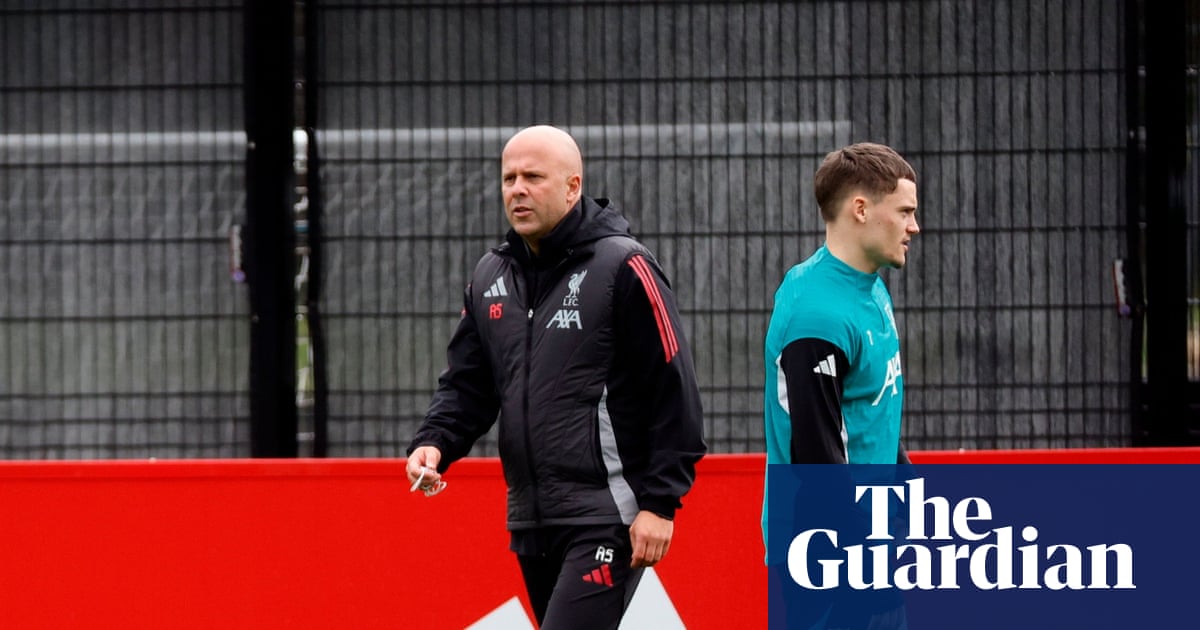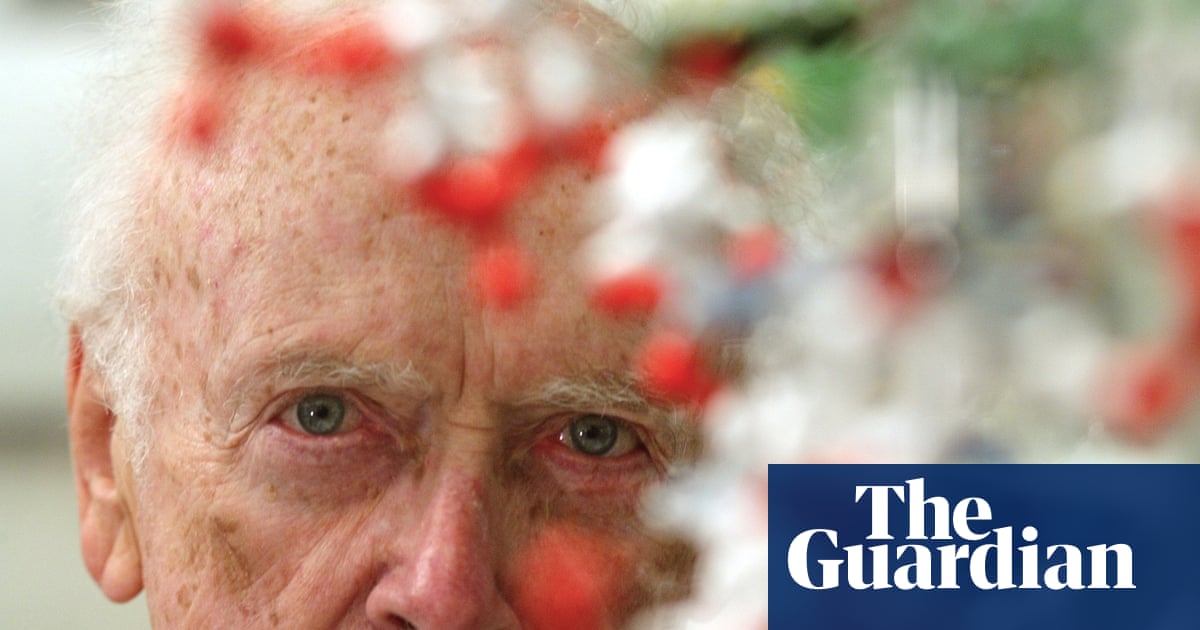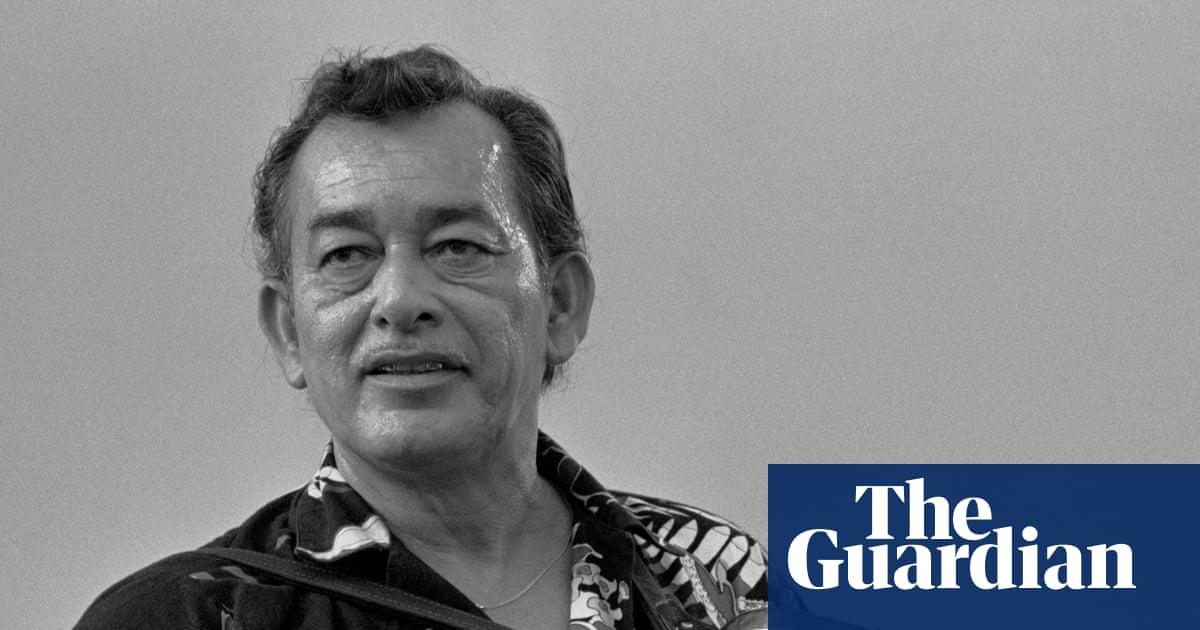James Cromwell, played farmer Hoggett
Chris Noonan, the director, had been in a battle with producer George Miller, who wanted an all-Australian cast for Babe. Thankfully, a wonderful casting director believed I was right for farmer Hoggett and pushed for me to get a meeting.
George had found the book that the film is based on – The Sheep-Pig by British author Dick King-Smith – while on a trip to Europe with his daughter. I thought farmer Hoggett was from Yorkshire, but the studio said: “No. Movies with accents don’t make money.” Of course, Schindler’s List won the best picture Oscar that year and it was filled with accents.
They wanted me to keep my American accent so I thought I’d blow smoke up their ass and spent a whole day using this Texas shit-kicker accent. In the end I had to re-record all of those lines using the British accent I ultimately went with.
During my makeup test, George was standing nearby. As he walked past, he said: “Lose the sideburns.” I don’t know what got into me. I just said: “No. I like them.” George went, “Who the fuck is he?” and walked off. I was very pleased with myself.
We had an animatronic sheep in the middle of real sheep – which doesn’t stick out. The crew used to bet on which one of the flock was fake. At the end of a take, you’d see the real sheep continue to look around and the animatronic one power down. You’d then hear a crew member say, “I got it!”
On the second day of filming, I broke for lunch before everybody else. All the animals I’d worked with that morning were on the table, cut up, fricasseed, roasted and seared. That was when I decided to become a vegan.
The final scene, where the sheep follow Babe, was a miracle. The woman who worked with the sheep spent five months trying to get them to walk three abreast in rows and follow the pig around the circuit. She was working with them right until we shot. I said, “Away to me pig” and those sheep moved through the circuit without a pause. When the gate closed behind them, the crowd – 200 extras we’d gathered from the local town – went berserk.
I asked Chris how he wanted me to deliver my final line and he said: “Right down the lens.” I didn’t expect what happened: reflected back at me in the camera lens I saw not me, but my father. On that thought I laid the line: “That’ll do pig, that’ll do.” At the time I hadn’t forgiven my father, who was a director and very critical of my work, which stung. I didn’t know I had to forgive him. But at that moment, I looked at myself and saw I am my father’s son and I love him. Without a doubt, it brought closure.
The only negative thing I ever heard about Babe was from a woman who said it ruined her relationship with her daughter. They used to enjoy Big Macs together and now her daughter wouldn’t eat animals. I thought: “If that’s what you based your relationship on, it sucks anyway!”
Neal Scanlan, special effects artist
What set Babe apart was that it featured realistic animals and not fantasy characters. The goal was to intercut puppets with real animals.
To have a convincing animatronic Babe, we had to fit a prosthetic band around the puppet’s neck every day and punch in the hairs one at a time with a needle. We’d start early in the morning. We couldn’t afford more than one prosthetic head, so to go from a standing pig to a sitting pig, we had to take off the head, put it on to the new puppet body, and then punch in all the hairs again to make it a seamless blend. If anything went wrong, we had to start the entire process all over again. It was terrifying.
Up until that point, we had always used foam latex for puppets. It’s wonderfully elastic but has no skin-like qualities. We had a chemist working with us who took on the challenge of making skin-like silicone for Babe. He added lots of oil and extra hardener. It set solid but remained flexible. When we’d lay it on paper, it would leach oil. It was a kind of mad chemistry. People who supply silicone skins to the industry use it to this day.

Babe’s eyes were plastic spheres with a plunger inside that moved back and forth. They had a round silicone ball in front of them. We painted an iris on the ball and filled the spheres with clear silicone gel. By pushing the plunger, we could make the pupils bigger or smaller to create her big brown eyes.
Ferdinand the duck was a combination of fur and feathers. We had tried using only feathers but we couldn’t lay them individually and make them move. When I watch the scenes with Ferdy and Babe in the shed, I struggle to know what’s animatronic and what is real.
We shot in Australia and the heat was phenomenal. Silicone is a great insulator so it was like an oven inside animatronic Babe. After we rehearsed, we’d cover Babe in a foil blanket and keep our fingers crossed that nothing overheated.
Closeups of animatronic dogs were a degree beyond what we were capable of. The work everybody did was outstanding but there’s just so much going on under that fur. We failed – they’re impossible. In the end, all dog closeups were digitally enhanced.
James had moments of holding Babe in his lap, and there was never a feeling of ridicule. He engaged with the puppets. It was remarkably rewarding to see him reach that level of interaction with something so dependent on your contribution. We did as much as was humanly possible. I’m very proud to have been involved with it.

 3 months ago
102
3 months ago
102

















































